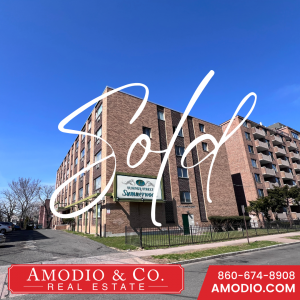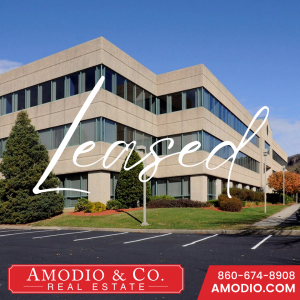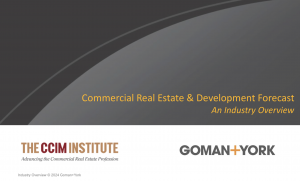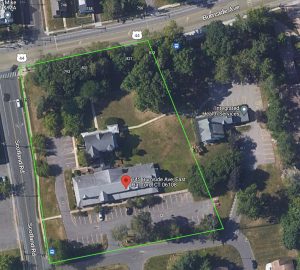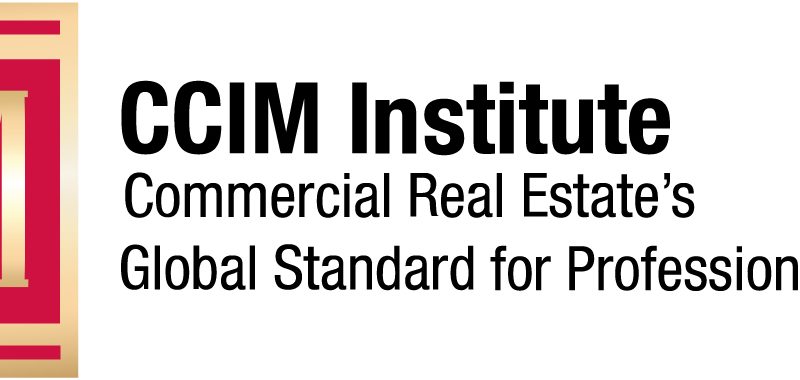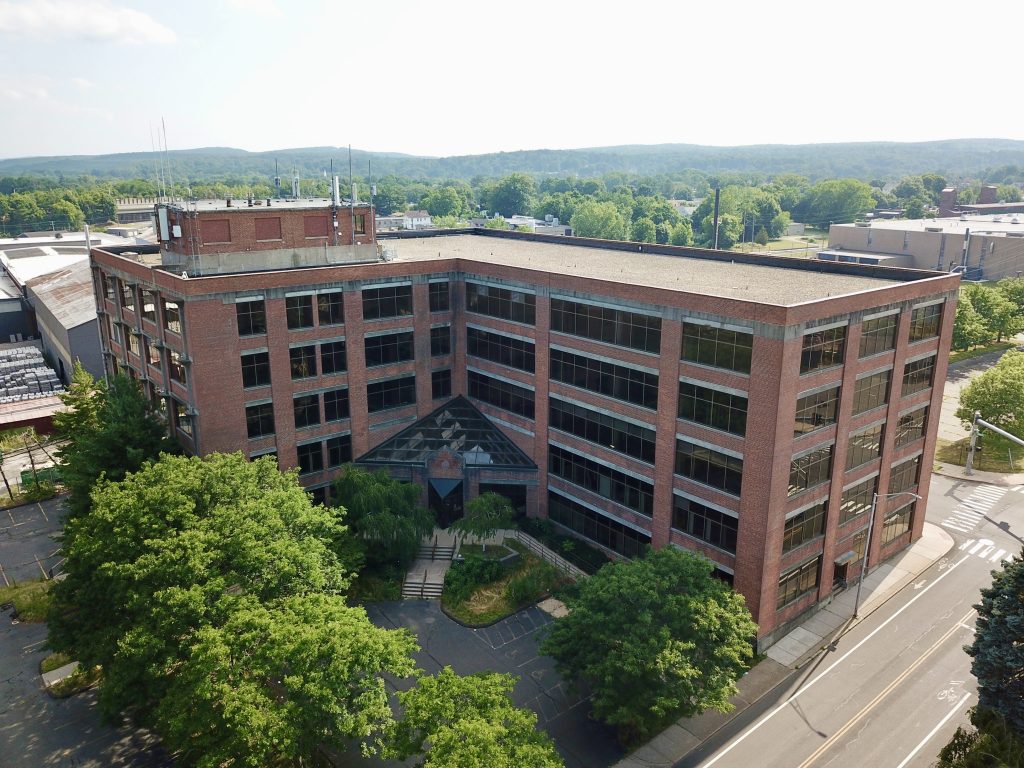
The landscape of traditional office buildings in the United States has been undergoing significant changes in recent years. Factors such as technological advancements, shifting work patterns, and urbanization have contributed to the transformation of office spaces. As a result, many vacant office buildings are being converted into residential apartments. This report will discuss the trends affecting the use of traditional office buildings and highlight several conversion projects in the USA.
Trends Affecting Traditional Office Buildings
1. Remote Work and Flexible Work Arrangements
The rise of remote work and flexible work arrangements has led to a decrease in demand for traditional office spaces. Companies are increasingly allowing employees to work from home or other remote locations, reducing the need for large office spaces. This trend has been accelerated by the COVID-19 pandemic, which forced many businesses to adopt remote work policies.
2. Co-working Spaces
The popularity of co-working spaces has also contributed to the decline in demand for traditional office buildings. These shared workspaces offer a more flexible and cost-effective solution for businesses and freelancers, allowing them to rent desks or offices on a short-term basis. This has led to a decrease in the number of long-term leases signed for traditional office spaces.
3. Urbanization and Mixed-Use Developments
As more people move to urban areas, there is a growing demand for mixed-use developments that combine residential, commercial, and retail spaces. This trend has led to a decrease in the construction of standalone office buildings, as developers opt for more versatile and integrated spaces.
Conversion Projects: Turning Vacant Office Buildings into Residential Apartments
1. The Arcade Building, St. Louis, Missouri
The Arcade Building, a historic 16-story office building in downtown St. Louis, was converted into a mixed-use development featuring 282 residential units and 80,000 square feet of commercial space. The project, completed in 2016, aimed to revitalize the area and attract new residents to the city’s central business district.
2. One Wall Street, New York City, New York
One Wall Street, a 50-story Art Deco office building in Manhattan’s Financial District, is currently being converted into a luxury residential building with 566 apartments. The project, expected to be completed in 2022, will also include 95,000 square feet of retail space and a 74,000-square-foot Whole Foods Market.
3. The Old Chicago Main Post Office, Chicago, Illinois
The Old Chicago Main Post Office, a massive 2.8-million-square-foot building, is being redeveloped into a mixed-use complex that will include 6,000 residential units, office spaces, retail, and a hotel. The project, which began in 2016, aims to transform the long-vacant building into a vibrant hub for the city.
Conclusion
The trends affecting traditional office buildings in the United States have led to a decrease in demand for these spaces and an increase in vacant properties. In response, developers are undertaking conversion projects to repurpose these buildings into residential apartments and mixed-use developments. These projects not only provide new housing options for urban residents but also contribute to the revitalization of city centers and the creation of more integrated, sustainable communities.





